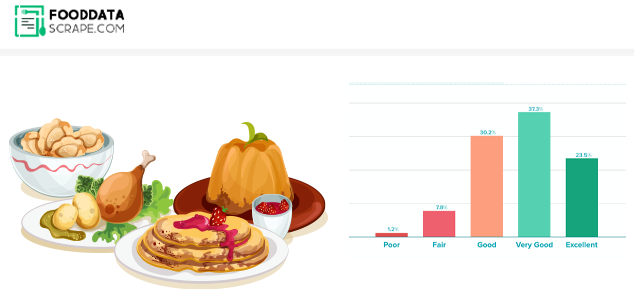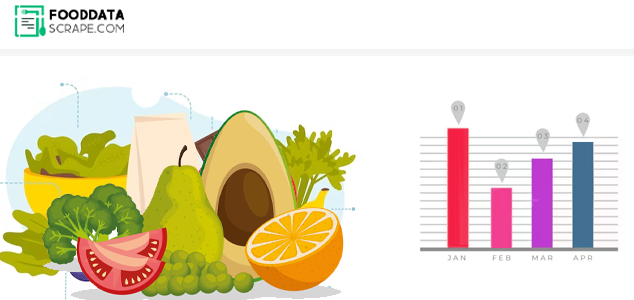






















This report explores the rapid growth of the online grocery shopping sector, driven by technological advancements, changing consumer preferences, and increasing convenience. It emphasizes the crucial role of web scraping in extracting valuable insights into online grocery shopping trends. Using data extraction techniques, businesses, analysts, and researchers can gain a deep understanding of pricing fluctuations, product availability, customer preferences, and regional trends. The report delves into key factors driving future growth, including subscription services, AI integration, mobile shopping, and sustainability. It highlights how businesses can stay ahead by analyzing data on consumer behavior, competition, and emerging trends. By leveraging online grocery data, retailers can optimize inventory, pricing strategies, and marketing campaigns, positioning themselves for success in this evolving market.
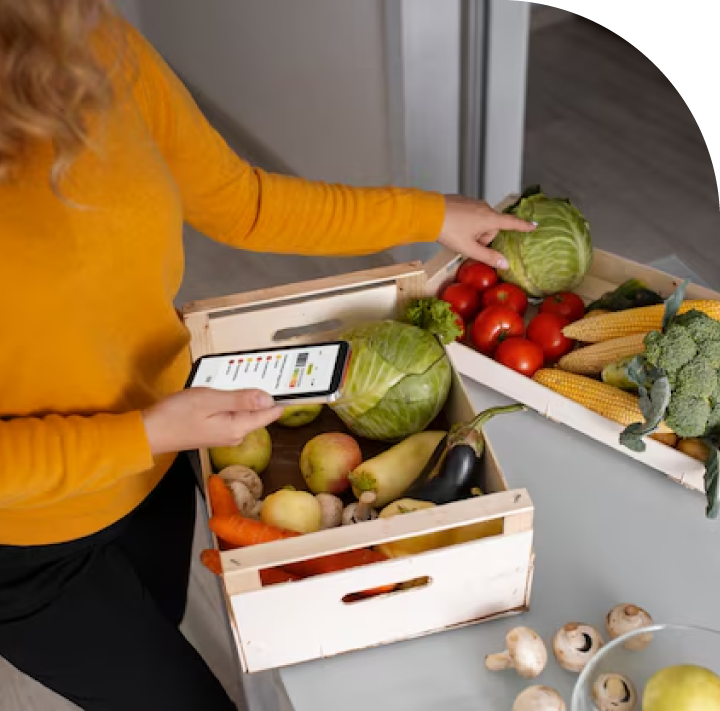
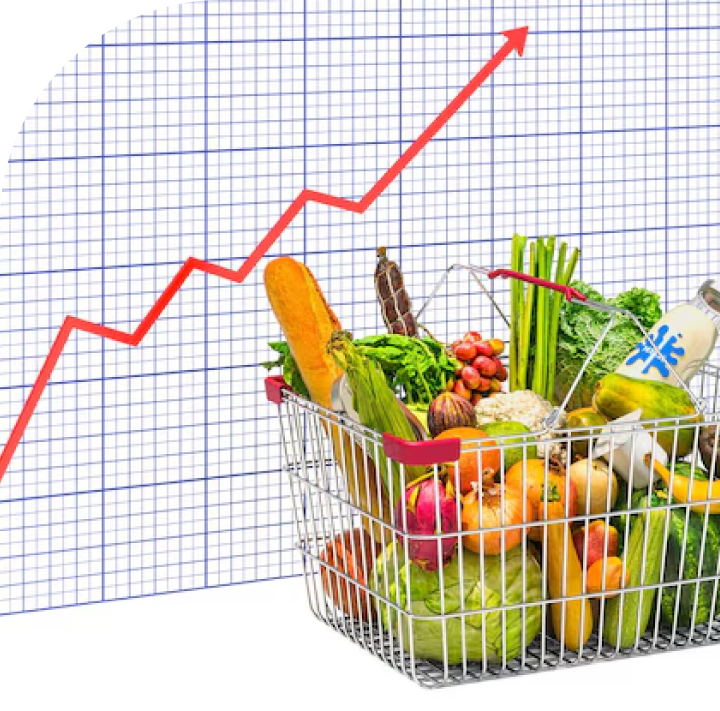
1. Online grocery shopping is projected to grow at a CAGR of 24.7% from 2021 to 2028.
2. Convenience, subscription services, and AI integration are major drivers of growth.
3. Web scraping provides actionable insights into pricing trends, product availability, and customer preferences.
4. Quick commerce and personalized shopping are reshaping consumer expectations.
5. Sustainability and eco-friendly practices are becoming crucial in online grocery shopping.
The space for online shopping has expanded at a remarkable pace during the last couple of decades, and one of the most critical sub-sectors within this section is the supermarket's online shopping. The emergence of online space has transformed the way people shop for grocery items altogether, and it has never been easier or more convenient. Web Scraping for Online Grocery Shopping Trends, a tool utilized in web scraping gigantic amounts of data in web pages, has emerged to be a critical component of scrutinizing online shop trends based on shopping. Extract Online Grocery Shopping Trends Data from online groceries and websites to allow companies, analysts, and researchers to gain useful insights into consumer trends, market trends, and online grocery shopping trends in the future. Methods to Scrape Online Grocery Prices and Trends Data can be used to track price fluctuations, changes, and product availability in real-time. It has to decide on competitive pricing plans and market demands. Apart from this, Analyze Online Grocery Trends with Scraping allows businesses to surpass other businesses by determining new trends, best-selling products, and shifting consumer tastes. Here, within this report, we will analyze the most drastic shopping online for groceries trends, why online shopping trends data through web scraping is important, and how it can help deliver insights into the ever-evolving grocery online shopping sphere.
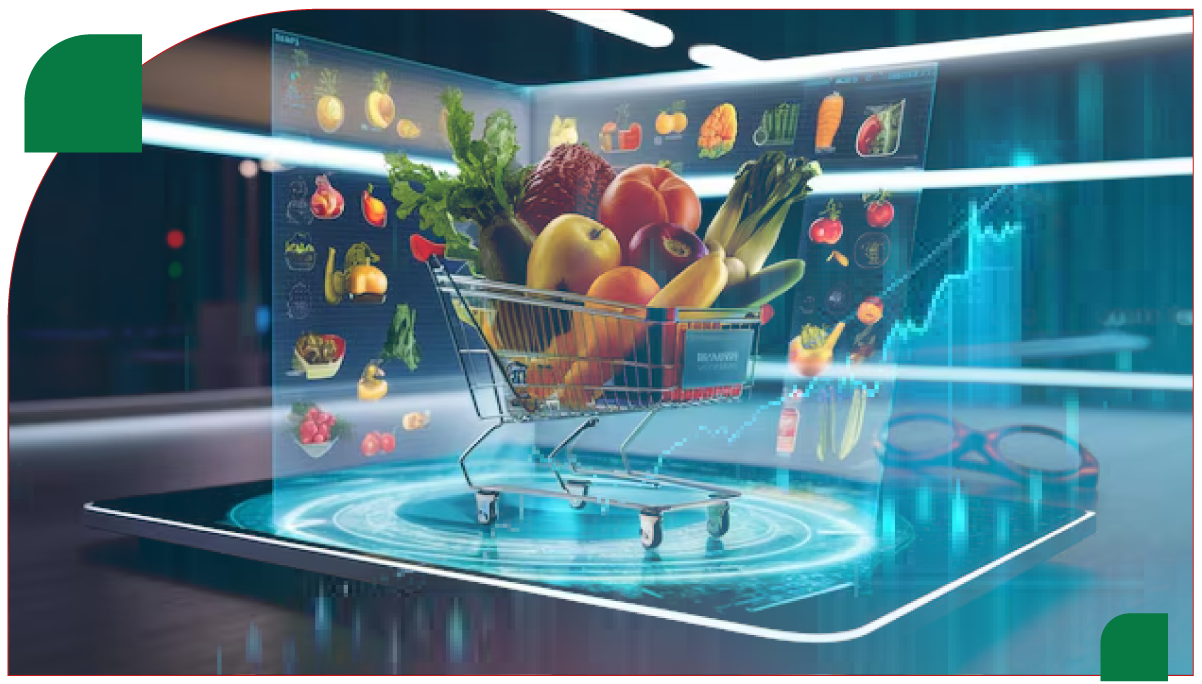
The future of online grocery shopping is poised for substantial growth. Technological advancements, evolving consumer preferences, and increased convenience have contributed to the rise of online grocery shopping, a trend accelerated by the global pandemic. According to industry experts, online grocery shopping is expected to grow at a compound annual growth rate (CAGR) of 24.7% from 2021 to 2028. This growth is driven by a combination of factors, including the convenience of shopping from home, broader product selection, and innovations in delivery models.
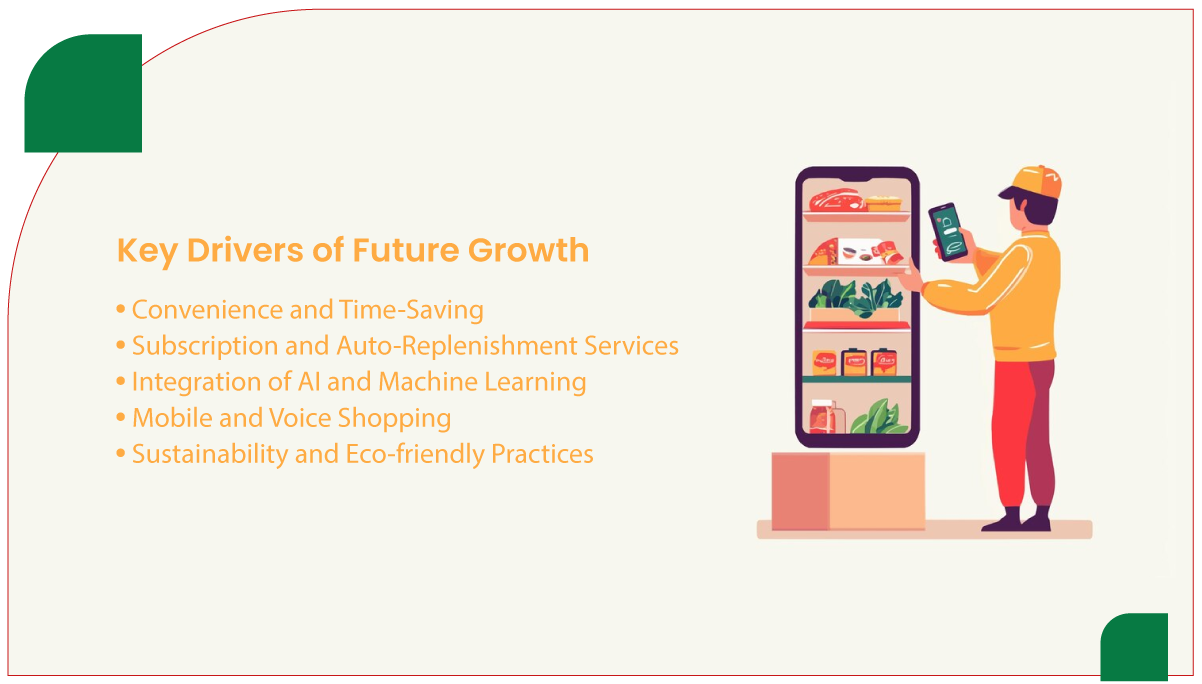
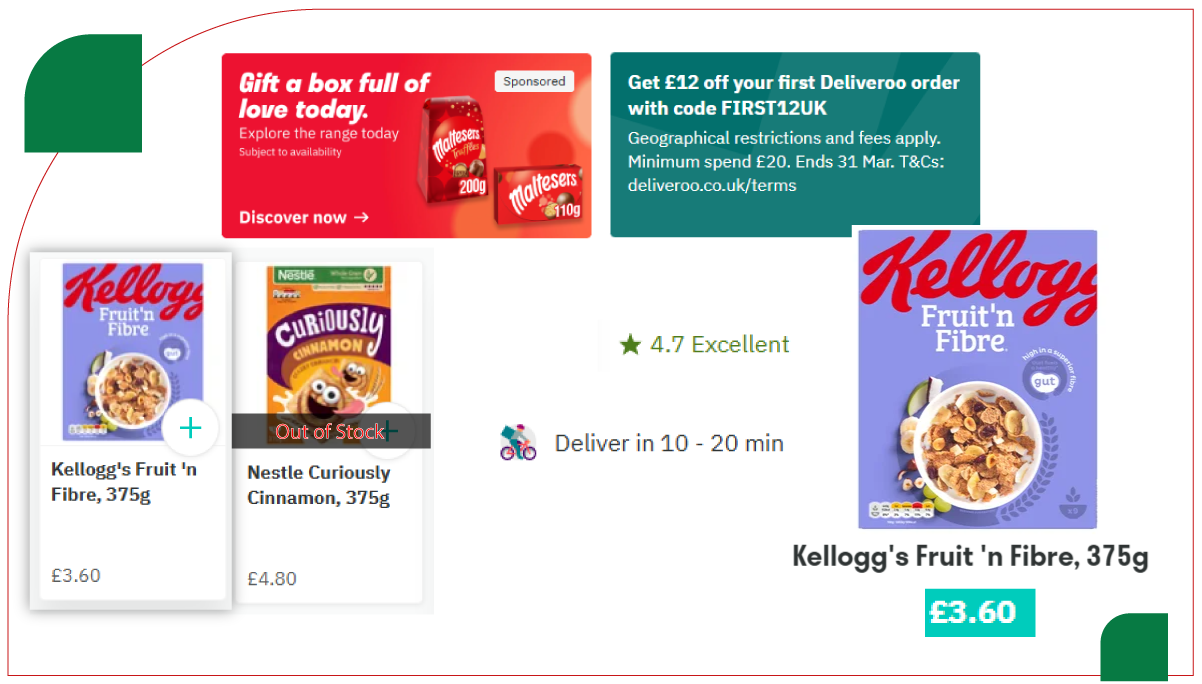
Web scraping is a powerful tool for collecting large volumes of data from online grocery stores, which can then be analyzed to uncover key trends and insights. Businesses can gain actionable insights into consumer behavior and market dynamics by scraping data from various grocery websites, including product prices, delivery options, customer reviews, and seasonal trends.
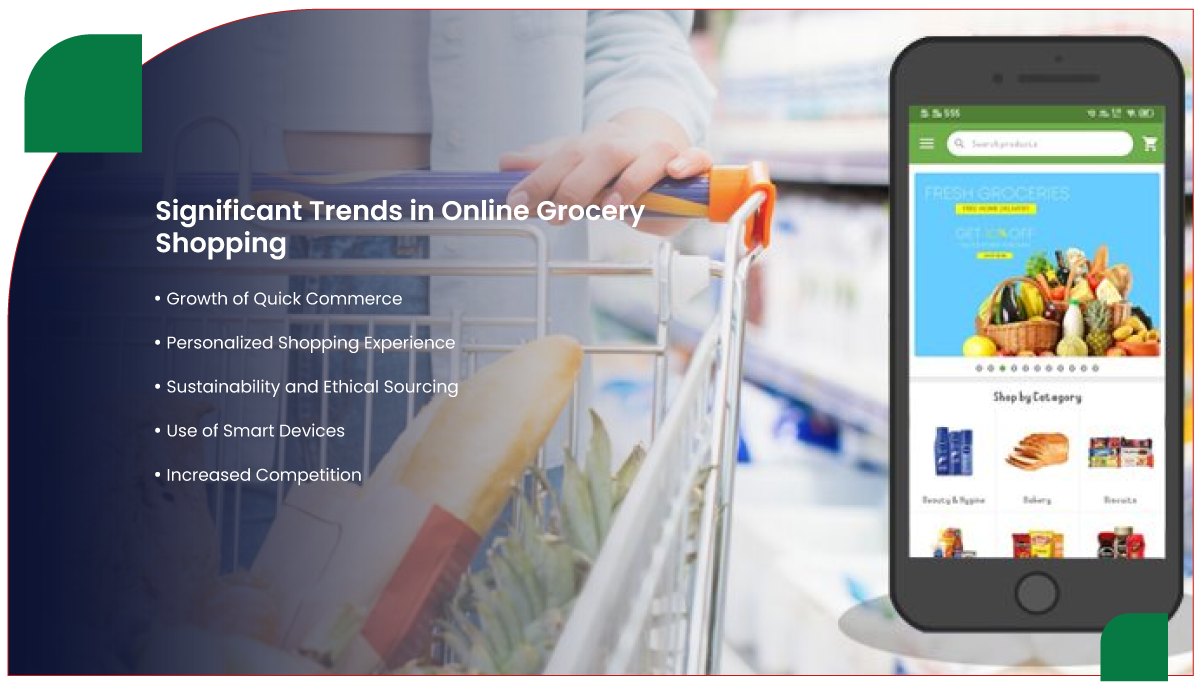
As online grocery shopping continues to evolve, several key trends are reshaping the industry. These trends are influenced by shifting consumer preferences, technological advancements, and the need for convenience.
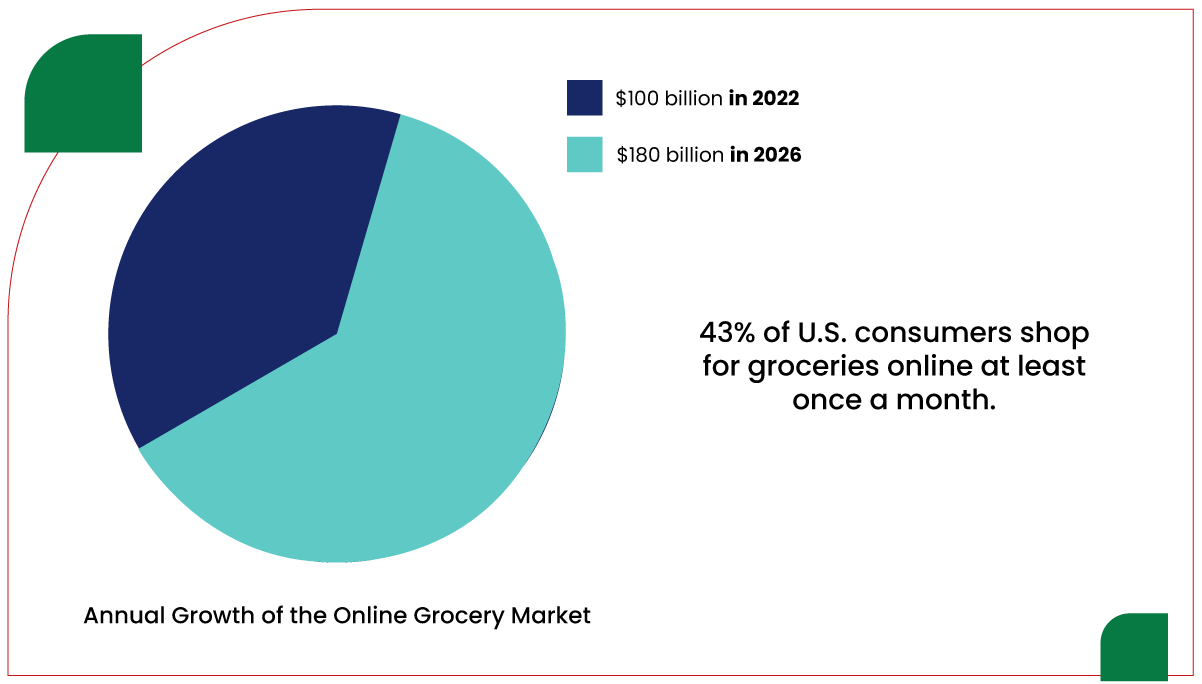
The demand for online grocery shopping has steadily increased, and the market is expected to grow. According to recent surveys, a significant portion of consumers now prefer to shop for groceries online, with the following statistics illustrating the growing trend:
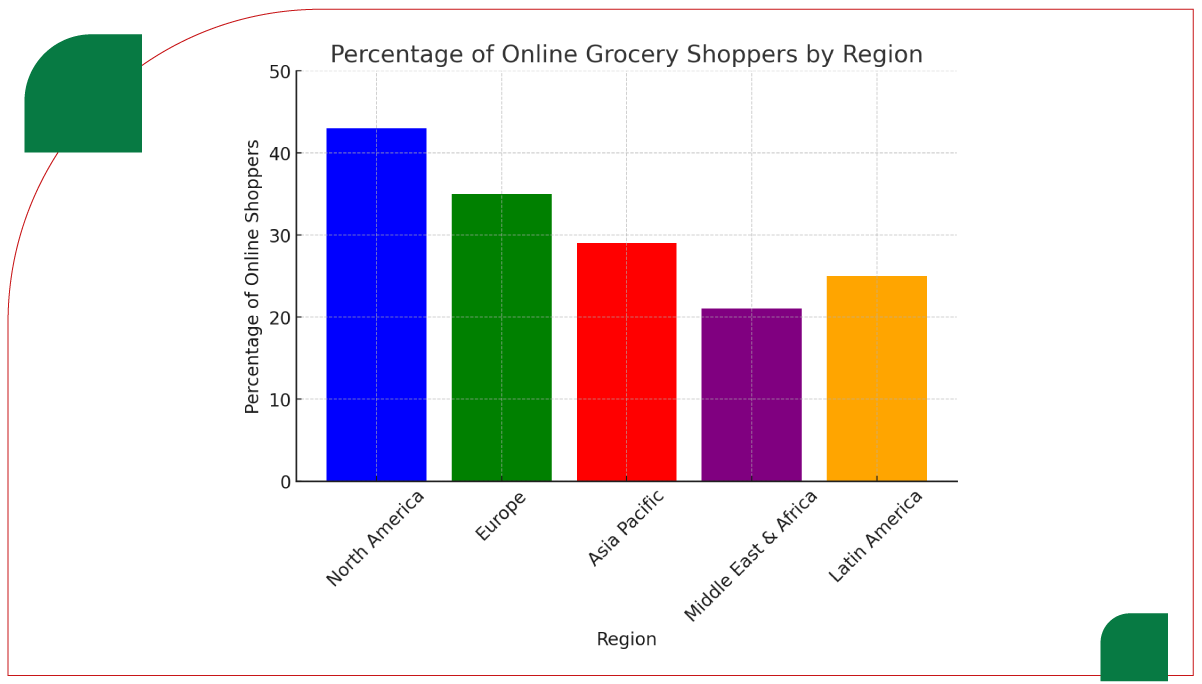
Table 1 shows the percentage of consumers shopping for groceries online across different regions. North America leads with 43% of consumers opting for online grocery shopping, reflecting the region's advanced e-commerce infrastructure and consumer preference for convenience. Europe follows at 35%, with online grocery shopping gaining traction but still competing with traditional shopping methods. Asia Pacific, at 29%, shows a growing trend, though it lags in comparison to other regions. The Middle East & Africa, and Latin America have the lowest percentages, 21%, and 25%, respectively, indicating emerging markets where online grocery shopping is still developing.
| Region Percentage of Online Shoppers | Percentage |
|---|---|
| Europe | 35% |
| Middle East & Africa | 21% |
| Asia Pacific | 29% |
| Latin America | 25% |
| North America | 43% |
Table 2 illustrates the projected growth of the online grocery market from 2022 to 2026, both in the U.S. and globally. In 2022, the U.S. online grocery market was valued at $100 billion, with the global market at $250 billion. By 2026, the U.S. market is expected to reach $180 billion, while the global market will grow to $380 billion. This data highlights a consistent upward trend in online grocery sales, driven by factors like convenience, technology adoption, and shifting consumer behaviors. The global market is expanding at a faster pace, reflecting increased global demand for online grocery shopping.
| Year | U.S. Market Value (in Billions) | Global Market Value (in Billions) |
|---|---|---|
| 2022 | $100 | $250 |
| 2023 | $115 | $280 |
| 2024 | $130 | $310 |
| 2025 | $150 | $340 |
| 2026 | $180 (Expected) | $380 (Expected) |
The future of online grocery shopping is bright, with significant growth expected in the coming years. By extracting and analyzing data, businesses can gain valuable insights into consumer preferences, pricing trends, product availability, and regional demand. These insights are essential for retailers to stay competitive and cater to the evolving needs of their customers.
As the demand for online grocery shopping continues to rise, key trends such as quick commerce, personalized shopping experiences, and sustainability will play a pivotal role in shaping the future of the industry. Through the use of Grocery Store Datasets and data analysis, businesses can stay ahead of the curve, offering better services and more personalized experiences to meet the growing demand for convenience in grocery shopping.
The online grocery shopping market is set for a transformative shift, and data-driven insights will be a crucial part of this evolution. Retailers who can successfully harness these insights will be well-positioned to capitalize on the growing demand and remain competitive in the fast-changing market.
If you are seeking for a reliable data scraping services, Food Data Scrape is at your service. We hold prominence in Food Data Aggregator and Mobile Restaurant App Scraping with impeccable data analysis for strategic decision-making.



